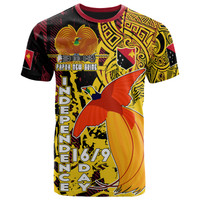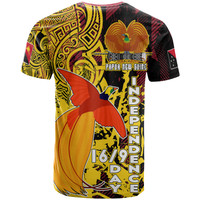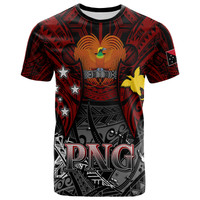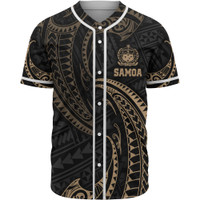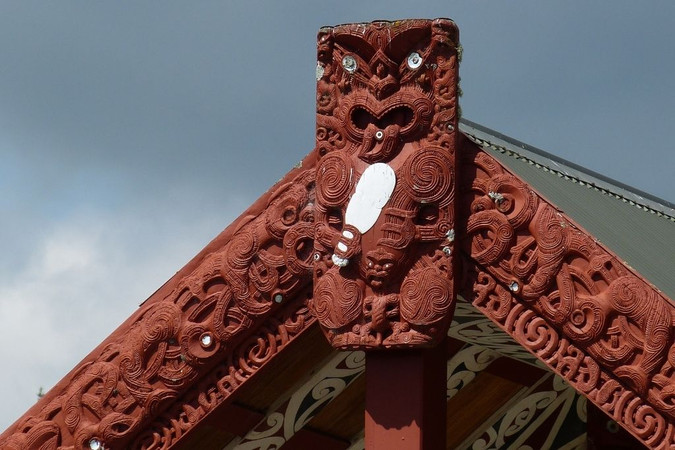Traditional Maori Symbols and Meanings
Posted by Maris on 16th Oct 2023
Moari symbols can be seen in many New Zealand art forms, including tattoo art and pounamu carving, and have significance or meaning that originates from their initial use hundreds of years ago: to visually depict components of Mori culture, belief system, and history. The symbols reflect the past and the future. Some tell stories about desire and memory, strength, history, dedication, loyalty and connections, and they pass on values from the past to the future. When you carve your name in pounamu, tattoo it on your skin, or hang it on your wall today, you display a portion of who you are, where you came from, and what is important to you.
Mori symbols utilized in art were and continue to be very important to Mori culture. Before there was a written language, they had the ability to remember life stories, myths of creation, tales of the wearer, ancestry, and spirituality hundreds of years ago. Each symbol has tightly connected meanings with all the nuances of a spoken language, whether painted, tattooed, or carved. The way they were drawn, their orientation, and size all impacted their intended meaning, similar to how a phrase is arranged in written English. It was critical to correct this so that the symbols told the correct story. So much so that those with the skill, such as Ta Moko artists, were revered in ancient Mori society. Mori symbols and meanings in Ta Moko are still extremely evident now. Because the material is more limited in pounamu carving, the symbols are simpler in design and have less definite meanings. The Koru, Pikorua, Manaia, Hei Tiki, Hei Matau, and Toki are six exceedingly common symbols used repeatedly in pounamu carving. Let's look at the symbolism and meaning of each.
The Koru
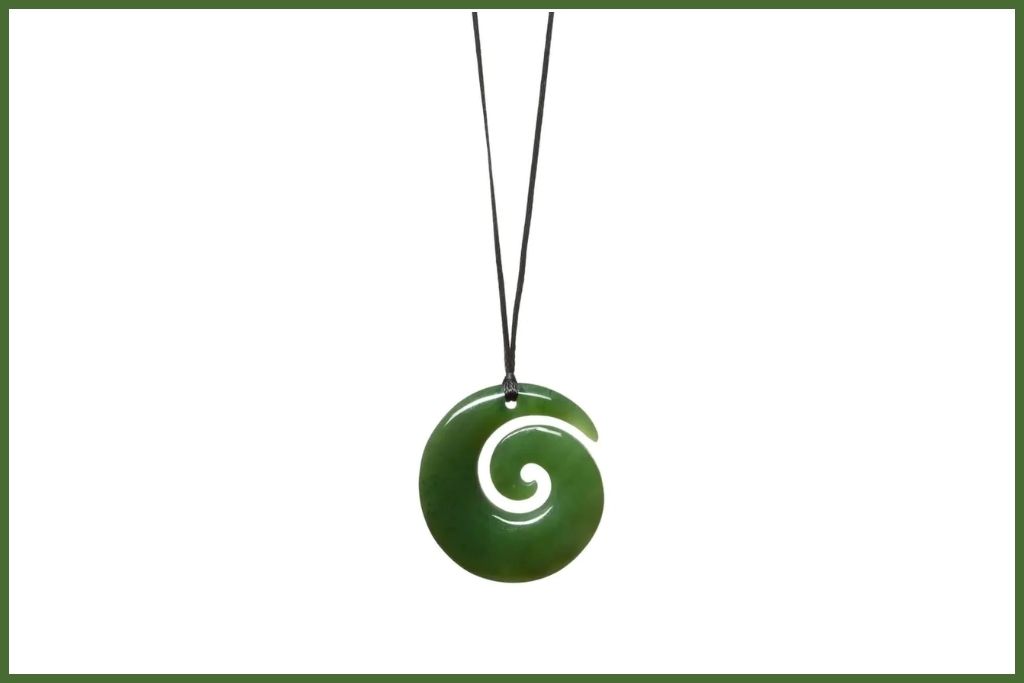
The koru is thought to signify new beginnings, growth, and regeneration in pounamu carving. We know it represents the fern frond found in New Zealand's natural bush because of a Mori adage about rebirth and growth:
The koru denotes fatherhood, ancestry, and genealogy in Ta Moko tattoo art. It is thought to have human traits such as a head, an eye, a neck, a body, and a tail. Designs with a single koru and several koru developing from it are supposed to depict whakapapa (ancestry) because of these human traits. The koru design was used to create a family tree.
The Pikorua

The twist, or 'pikorua' as it is known in modern Zealand, is a modern Mori symbol with natural design roots. It is meant to symbolise the journey of life and the strong relationship between two loved ones. Because the arms of the twist have no end point, exactly like lifelong partnerships, it's a profound representation of loyalty.
Some claim the design of the symbol is based on the weaving pattern of the kete, while others say it is based on the arms of the pikopiko fern. What we do know is that it is relatively new since Mori lacked the necessary tools to make the complicated undercuts in the symbol design. Mori may have begun cutting these symbols for trade after Europeans occupied New Zealand and diamond carving tools were brought (after 1800).
The Toki
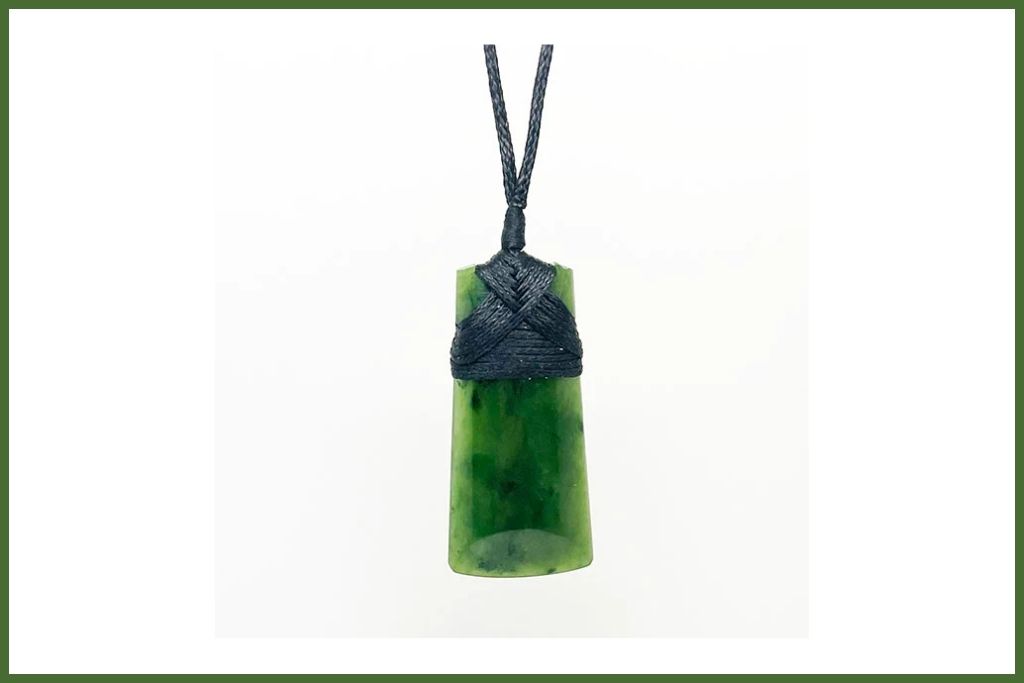
My favorite design is the toki blade. It denotes power. Toki was utilized as a tool in traditional Mori society and was never worn as a decoration. It served two purposes. It was first carved into a thick blade that was either lashed to a wooden handle or held in the hand. It was used to cut down trees and carve out waka in this area, among other things. Second, it was carved into a finer blade and affixed to a similarly beautiful hardwood grip. These beautiful axes were only used for ceremonial purposes by the tribe's strong chiefs.
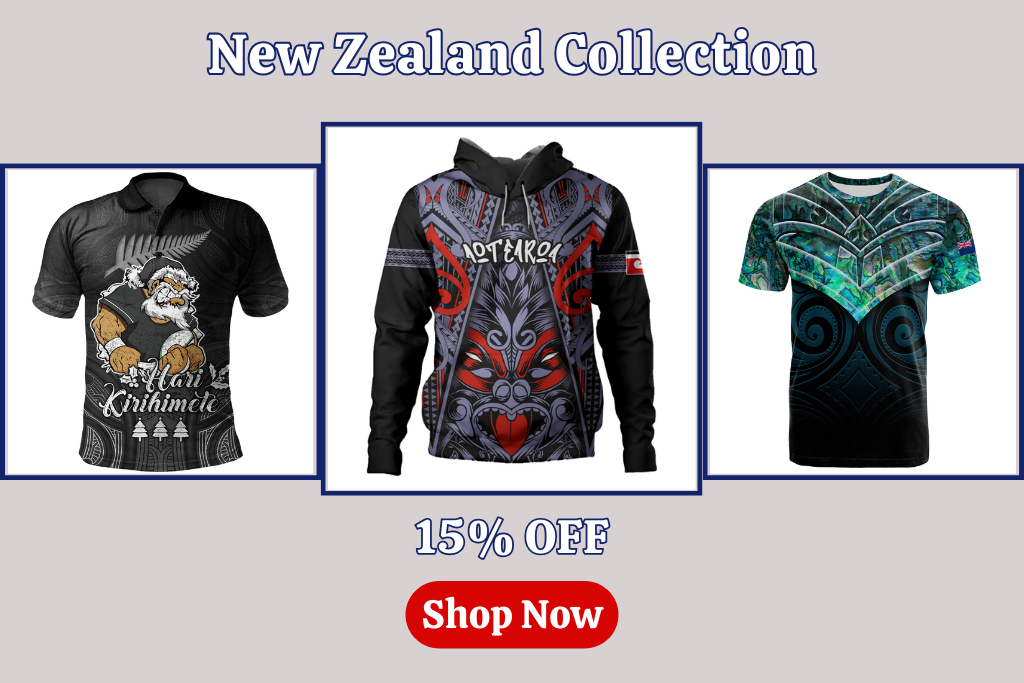
The toki is now worn around the neck and is thought to symbolize strength because the toki blade had to be robust enough not to break when carving waka and cutting trees. The toki poutangata (ceremonial axe) could only be wielded by strong leaders with a lot of mana.
The Manaia
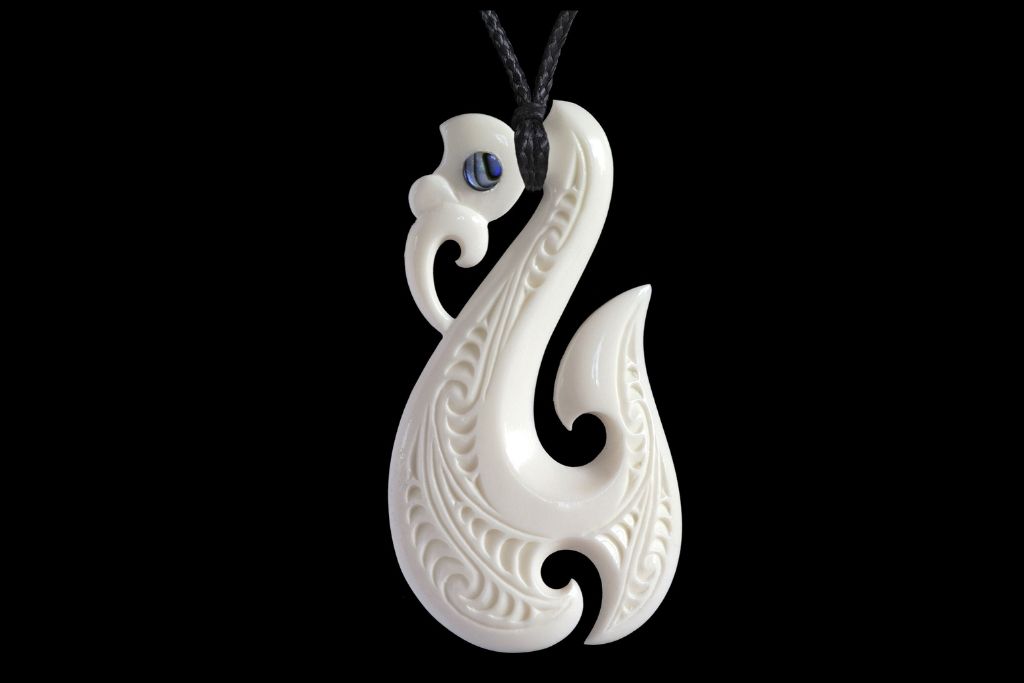
According to legend, the Manaia sign is a messenger between the living and the dead. They claim this is due to the fact that it is always carved in profile, with one half of its body in this realm and the other half in the land of the dead. It was traditionally carved with a fish's tail, a man's body, and a bird's head, but there are now numerous styled variants of this emblem that adapt itself to the artist's design ability. Many people wear the Manaia emblem as a personal guardian, with some claiming it may protect them from evil.
The manana design is constantly developing among pounamu carvers. Modern carvers are mixing the manaia symbol with other Mor symbols, like as the marakihau (sea monster), which results in the manaia having a whale tail. Try to identify the designs that use more than one symbol.
Hei Tiki

Tiki, the first man in Mori folklore, is thought to be represented by the tiki sign. The hei tiki pounamu carving was passed down through the family after the original owner died. This succession procedure strengthened the Hei Tiki's mana (power or prestige). Many well-known hei tiki were named and so revered that when the wearer entered the Marae, they were addressed by name as if they were alive. As a result, its primary role was to link deceased family members to the living by being worn as a symbol of remembering.
Today, this is a rare practice, and they are more typically worn around the neck as kiwi and cultural identity symbols. They are worn to express something about the wearer, similar to Ta Moko and Mori tattoos.
The Hei Matau (Fish Hook) is a type of fishing hook.
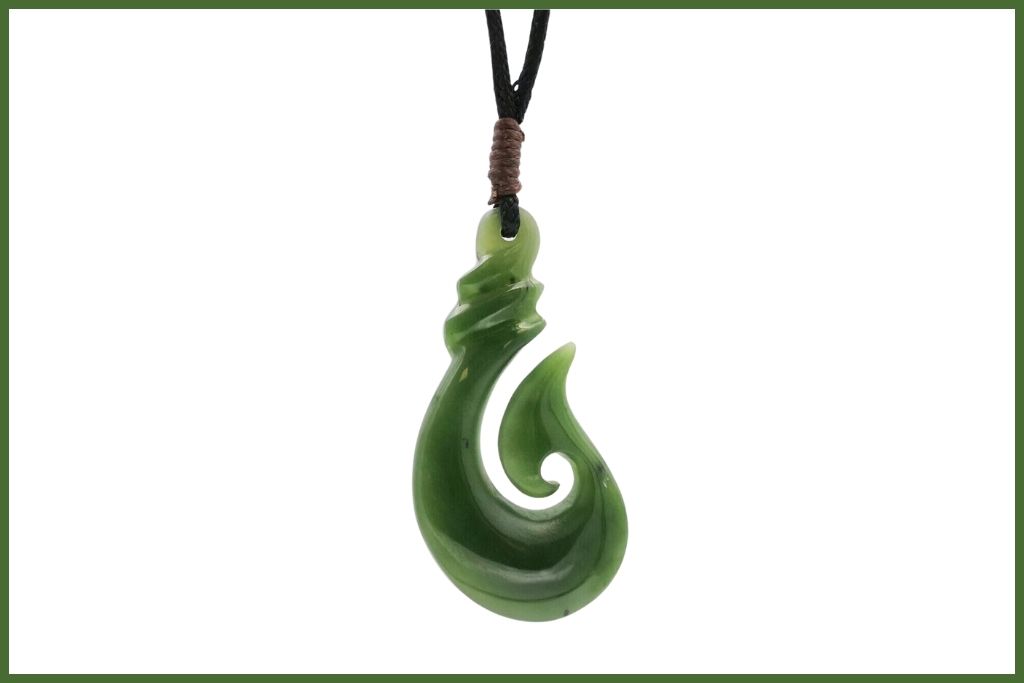
The fish hook emblem is thought to symbolise wealth and safe maritime travel. It's a great design because it combines the fish and fish hook motif into one. Mori have traditionally relied heavily on the bounty they obtained from the sea to survive. Mori developed as a people because it met a substantial portion of their daily dietary demands. Mori had a deep relationship with Tangaroa, the sea god, and credited his plenty to him.
In Mori story, Maui used a magic fish hook carved from his grandmother's jawbone to lift New Zealand's North Island from the bottom of the ocean in the shape of a big fish. I can only speculate, but I believe that wearing a fish hook over water would assure safe passage because it displays a level of appreciation to Tangaroa for the abundance he bestowed.



